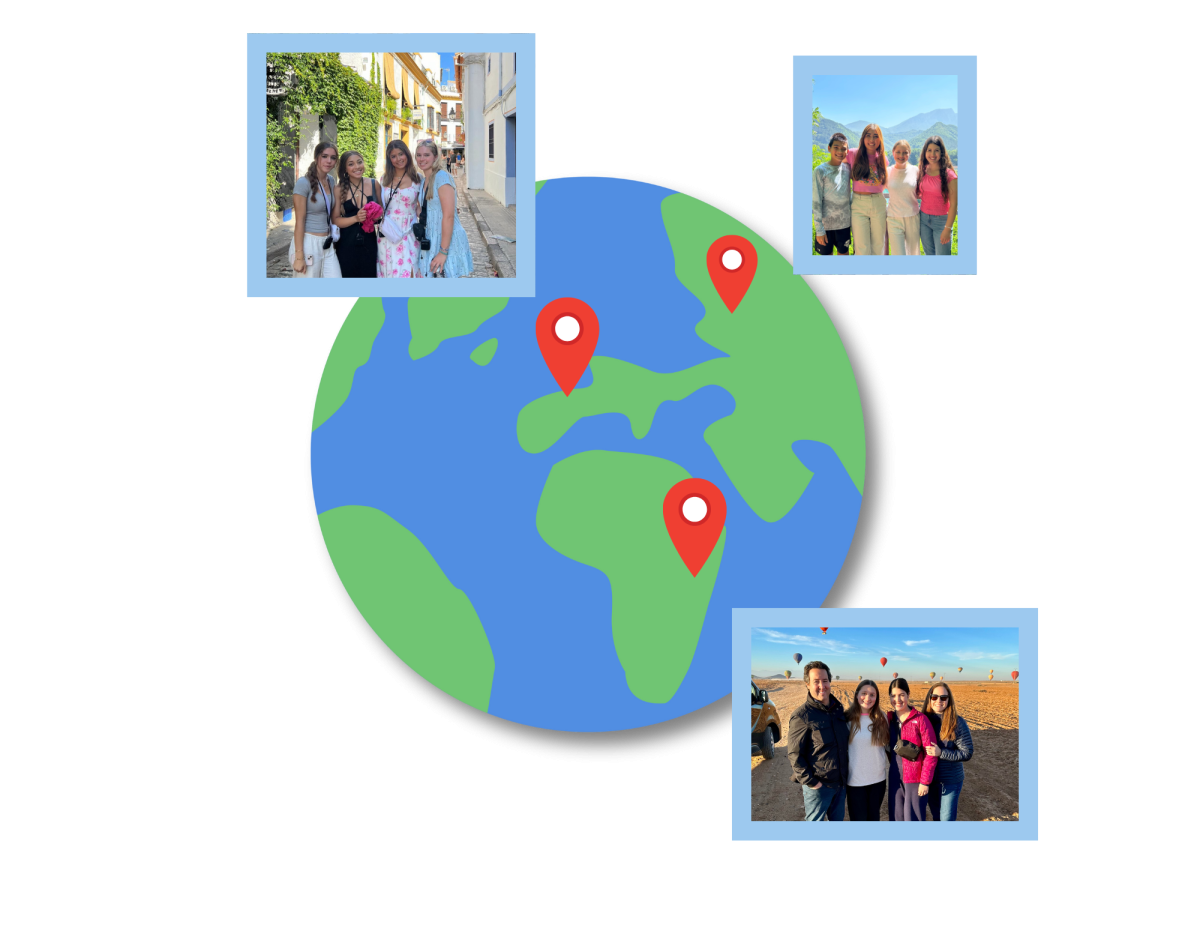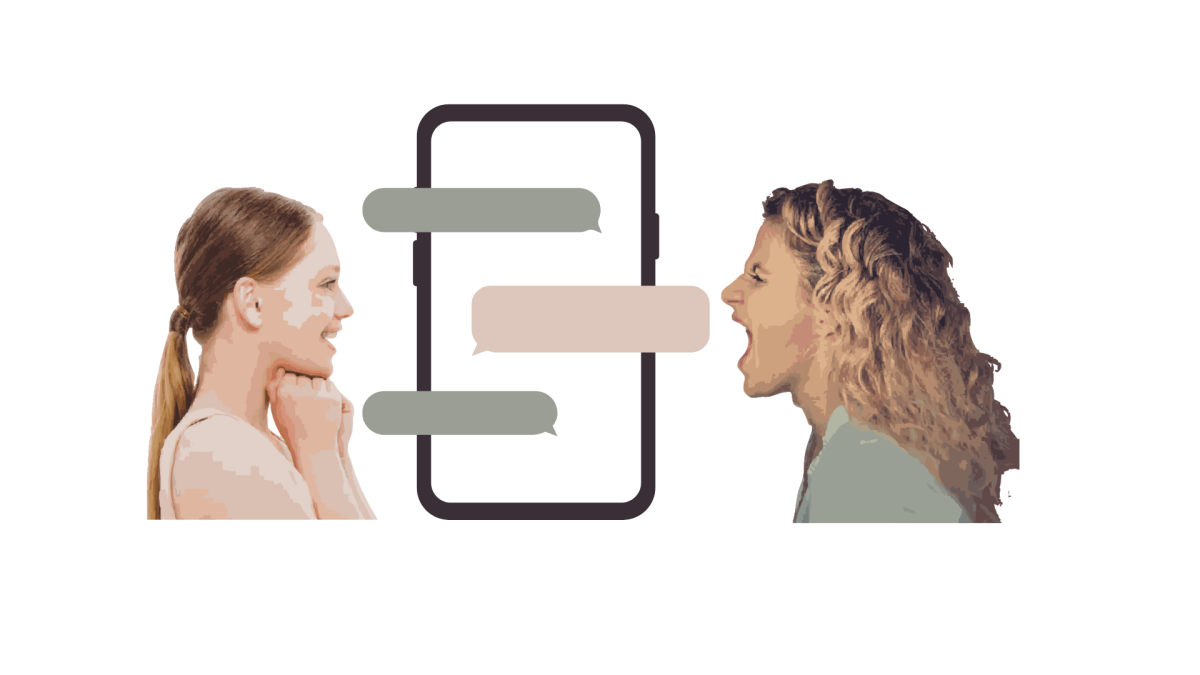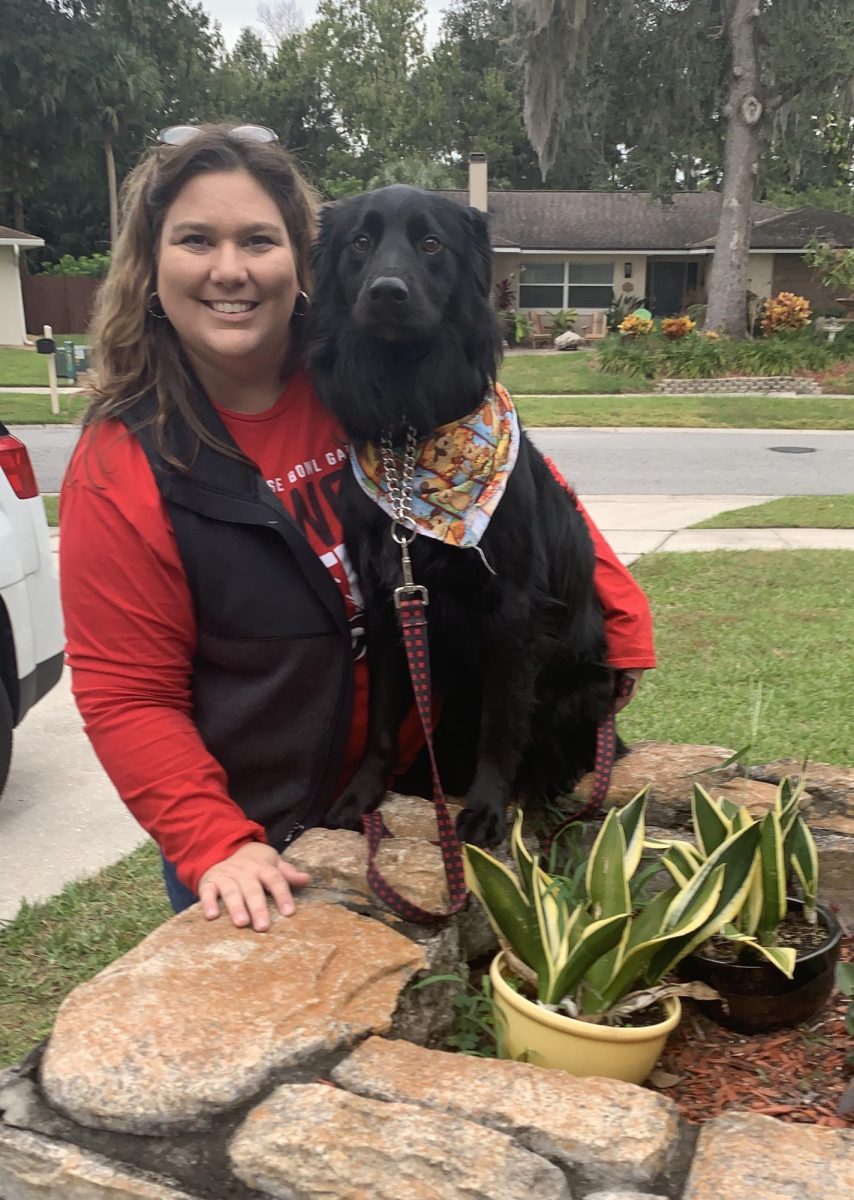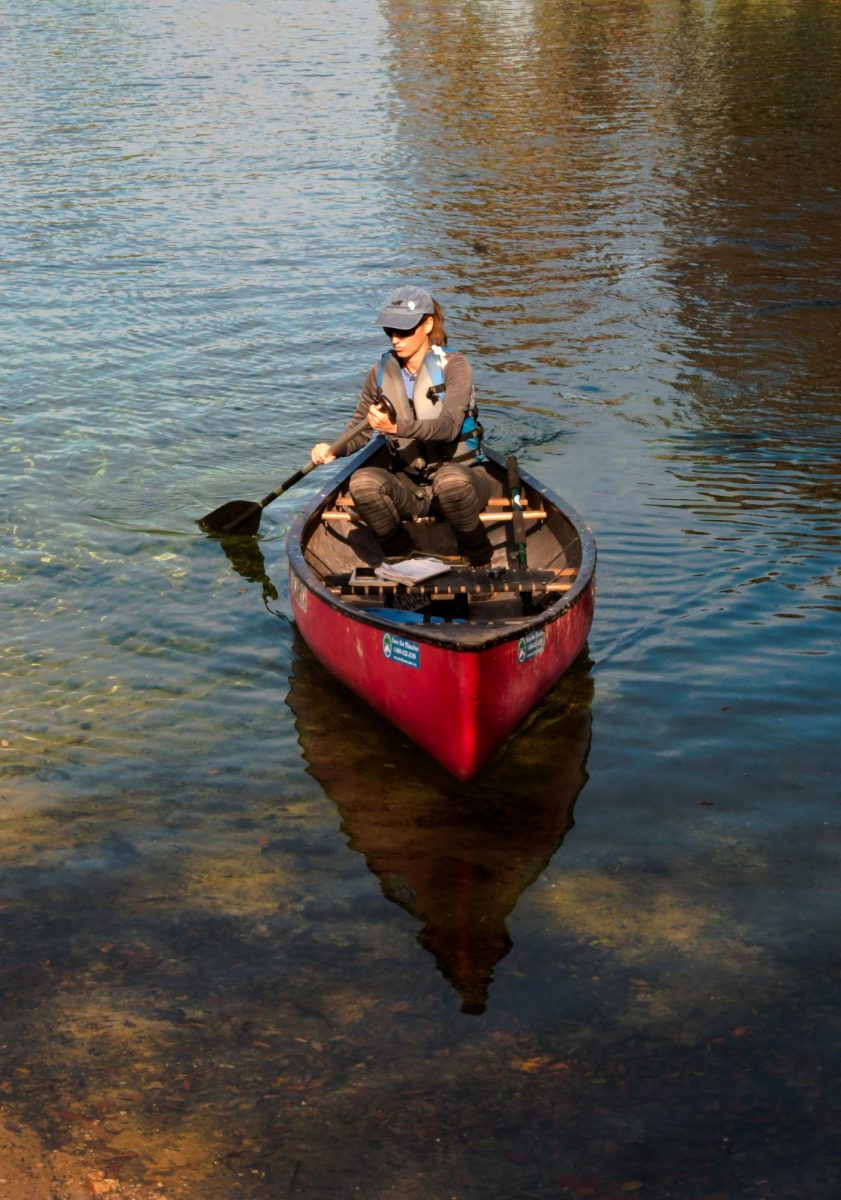Plato, an ancient Greek philosopher, once said “I would teach children music, physics, and philosophy; but most importantly music, for the patterns in music and all the arts are the keys to learning.” 400,000 years ago music became the earliest known instrument to man and since then has been used by babies to adults. Despite its longevity, schools around the U.S. have decreased students’ exposure to music for decades. The lack of music education boils down to an epidemic that has been facing the public school system for decades: budget cuts.
According to the National Assessment of Educational Programs of Arts, public school students’ introduction to the musical arts has been at a steady decline since 1997. An article by NPR states that government cuts in public school spending have limited resources, leaving music departments in disarray.
A study done by Stanford University in 2012 found that the funding gap between students of lower and higher-income areas has increased by 40% in the past sixty years. Furthermore, research shows that a child’s social class is one of the most significant predictors of their educational success. A study conducted by The Education Trust, a national nonprofit that works to close opportunity gaps of students from low-income families, found that in more than half of the U.S. states, schools with higher rates of poverty receive 13% less funding per student compared to schools with lower rates of poverty. As stated in an article by The Atlantic, students in lower income schools typically scored lower
on standardized tests compared to students in higher income areas. Government initiatives such as the No Child Left Behind Act (NCLB) of 2001 and its successor, the Every Student Succeeds Act (ESSA) of 2015, have based the amount of funding given to schools by test scores, leaving many lower income schools with less government funding. Many schools that struggled in english and math on standardized tests eventually cut music programs to bring more focus to these subjects.
The coronavirus pandemic has only intensified the importance of funding given to public schools. A report by ABC Action News detailed a protest in late October by parents in Hillsborough County, who marched against the possible budget cuts for music and art programs, in their schools.
For decades, students and parents have questioned the motives for government and musical education cuts. Senior Nydia Clifton has taken chorus since sixth grade and credits the lack of musical education in schools, to not enough people knowing about the benefits of music and the lack of funding to support its programs.
Despite the governments decrease in funding, music holds many benefits. A medical report conducted by the Department of Fundamental Neurosciences detailed that playing a musical instrument or taking part in musical education strengthens a child’s brain with an increase in sight, hearing and self-awareness. Students who are exposed to musical instruction have proven to be better at identify sounds and noticing repetitions, which has a direct increase in their performance in formal
education. It was discovered that those who played a musical instrument had higher proficiency rates in literacy and reading compared to students who did not play musical instruments.
An article by the Washington Post found that music education is neglected for over 3.8 millions students throughout the country. Organizations across the US have been formed to replace the neglection of musical education in schools. Friends of South Florida Music (FSFM) is a foundation which, according to their website is focused on “providing comprehensive and age-appropriate musical activities for low-income children in the South Florida region.” Dr. Joy Galliford, Ph.D., is the founder, Director of Development, and Instructor for South Florida Music and has been a music educator for over thirty years.
“I’ve always known that there is another population that may not know or have the resources to be educated on musical education,” Galliford said.
With the coronavirus pandemic, most classes are held over Zoom and a few are still in-person, which are held after school in different locations such as schools or daycare centers. The students partake in dancing, drumming, and singing which are all activities used to enhance growth. Sticks, jingles, scarves and drums are all items used to make music and support gross motor development and repetition.
“Music is one of the least expensive, easiest, fun ways to increase a child’s overall development, socioemotional status and their mental well-being,” Galliford said.















